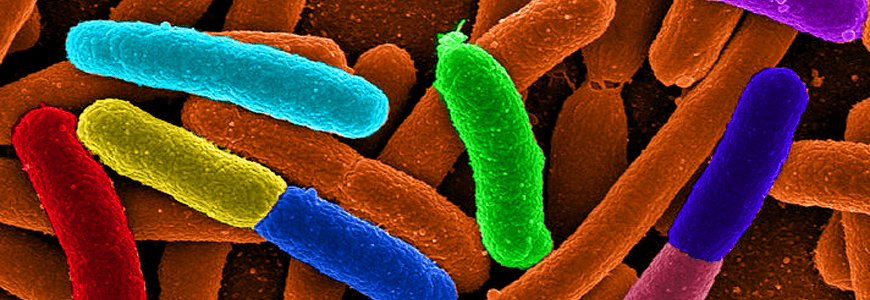By Rob Mitchum // May 28, 2014
Biology and medicine are relatively new to computation compared to fields such as astronomy and physics, but their use of computational tools and data analytics is rapidly gaining speed. Where life scientists once collected observations and ran laboratory studies, they now find new discoveries through modeling, simulation, and statistical analyses. Our speakers for the fifth edition of the Inside The Discovery Cloud series, on Life Sciences, provided glimpses of how these methods produce new insight into biological processes, from the smallest microbes to the trauma victim in the hospital emergency room.
For his talk, CI Senior Fellow Rick Stevens flashed back to 1937, when physicist John Henry Woodger proposed a mathematical set of equations to describe biological processes. “This was an utter failure,” Stevens said, largely due to missing knowledge about the mechanisms that drive the complexity of biology on several different scales; from genetics and cells to organisms, species, and ecosystems. However, the modern collection of data about genetics and deeper understanding of proteins and their functions have revived Woodger’s vision of “modeling nature,” using computational simulations to reveal the basic principles of biology. Stevens discusses the explosion of data and computational tools in biology, including Argonne’s SEEDand KnowledgeBase, and how they might be used to model microbes, microbial communities, and whole organisms.

